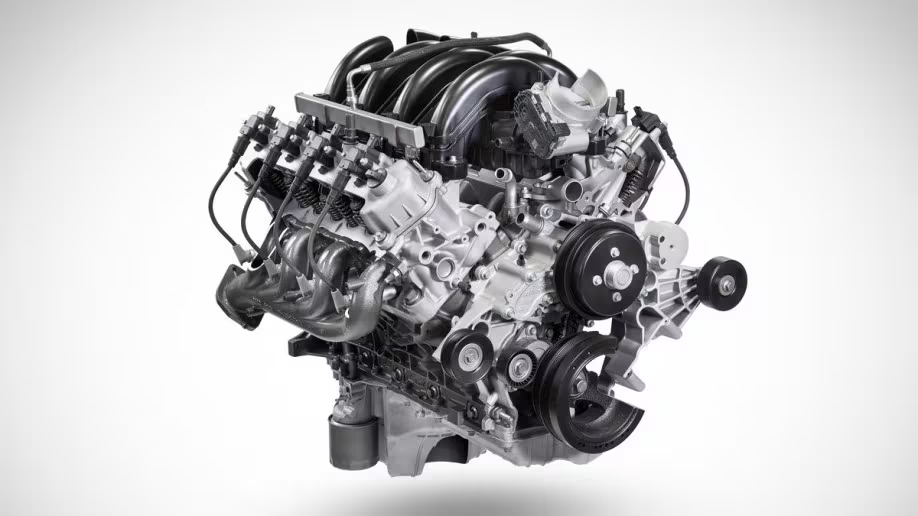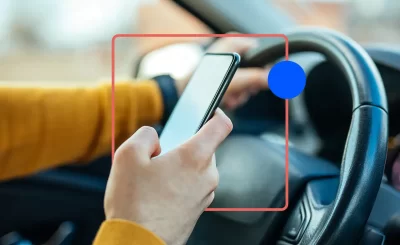Towing a vehicle can be a useful and convenient way to transport it from one location to another, whether you’re moving, going on a road trip, or simply need to get your car to a mechanic for repairs. However, it’s important to be well-prepared and follow proper safety guidelines when towing a vehicle to ensure a smooth and successful journey. In this post, we’ll cover the top five things you should consider before towing your vehicle.
- Why do people tow vehicles?
There are many reasons why people choose to tow their vehicles, such as:
- Moving to a new location: If you’re moving a long distance, it may be more cost-effective and convenient to tow your vehicle behind a moving truck or trailer instead of driving it.
- Going on a road trip: Towing a vehicle behind an RV or camper allows you to have a second mode of transportation when you reach your destination, without the need to rent a car.
- Taking a car to a mechanic: If your car is inoperable or needs extensive repairs, towing it to a mechanic may be the best option.
- Taking a car to a storage facility: If you’re not going to be using your car for an extended period of time, you may choose to store it in a secure location and tow it there.
- What are the different types of towing?
There are several different methods of towing a vehicle, and the one you choose will depend on the type of towing equipment you have available and the specific needs of your situation. Some common types of towing include:
- Flatbed towing: This method involves loading the entire vehicle onto a flatbed trailer, which provides the most stability and protection for the car during transport. Flatbed towing is often used for inoperable vehicles or for cars with low ground clearance that can’t be safely hitched to a tow bar.
- Tow bar towing: A tow bar, also known as a tow dolly or trailer hitch, is adevice that connects the front wheels of a vehicle to a trailer or RV. The car’s rear wheels remain on the ground, and the front wheels are lifted off the ground and onto the tow bar. This method is typically used for cars with a standard ground clearance that are in good working condition.
- Tow truck towing: A tow truck, also known as a wrecker, is a specialized vehicle equipped with a hydraulic system that allows it to lift and transport disabled vehicles. Tow trucks are often used to tow cars that have been involved in accidents or have suffered mechanical failures.
- How to choose the right towing equipment
Before you start towing your vehicle, it’s important to ensure you have the right equipment for the job. Some things to consider when selecting towing equipment include:
- The weight and size of your vehicle: Make sure the towing equipment you choose is rated to handle the weight and size of your car. Overloading or using inappropriate equipment can lead to accidents or damage to your vehicle.
- The type of towing you’ll be doing: Different types of towing require different equipment. For example, flatbed towing requires a flatbed trailer, and tow bar towing requires a tow bar or trailer hitch.
- The towing capacity of your vehicle: Check the owner’s manual or consult with a mechanic to determine the maximum towing capacity of your vehicle. This will help you choose the right towing equipment and ensure you don’t exceed the limits of your car’s towing capabilities.
- Best practices for towing a vehicle
Once you have the right towing equipment, there are several best practices you should follow to ensure a safe and successful journey:
- Secure the load: Make sure your car is properly secured to the towing equipment using the appropriate straps, chains, or cables. Double-check all connections to ensure they are tightened and secure before setting off.
- Drive slowly and carefully: Towing a vehicle adds extra weight and length to your vehicle, which can affect your handling and braking. Take corners and curves slowly, and give yourself plenty of space to stop.
- Follow the rules of the road: Observe all traffic laws and signals, and use turn signals when changing lanes or turning. Keep a safe distance from other vehicles, and use caution when passing or merging.
- Check your mirrors frequently: Towing a vehicle can obstruct your view, so it’s important to check your mirrors frequently to ensure you have a clear view of the road and any other vehicles around you.
By following these essential tips and best practices, you can ensure a safe and successful journey when towing your vehicle. With the right equipment and a little planning, you’ll be well on your way to your destination.
















